Ask three artists about the early years of their artistic career, and chances are, they will all have a completely unique story. One may be self-taught, having honed their craft since they were young, immersing themselves within the arts and culture scene of a metropolis. Another may have studied formally in an art school (maybe in more than one institution, in more than one country), under the tutelage of professional instructors in a formal setting amongst fellow artists. Another may have (re)discovered their love of art later in life, perhaps while juggling another career and family life. These are just three scenarios amongst countless ways that individuals enter the world of art and emerge as artists.
One thing is for sure, though: those early days can be anything but “easy”. With limited practical resources available for emerging artists, finding your footing can be difficult. Insecurities, doubts, financial hurdles, and not to mention creative blocks are obstacles all artists confront at the beginning (and even throughout) their careers.
We asked six seasoned artists what they wish they knew at the start of their careers.
Here are the lessons they’ve learned along the way.
Lorette C. Luzajic
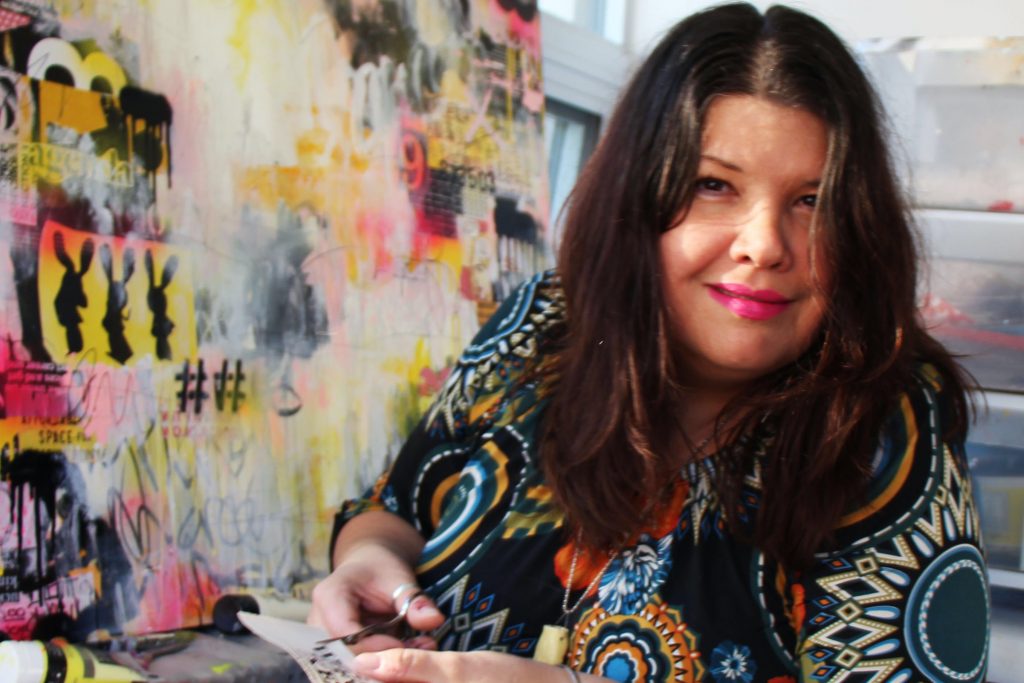
“Your weakness is your strength.
The great horror writer Stephen King famously told writers “Kill your darlings,” meaning, edit out the parts you want most to keep, the idiosyncrasies you love the most that editors can’t stand, because readers won’t benefit from them. I believe that our “darlings” are the clues to our distinction.
Grow, develop, construct, and deepen the spots where there is weakness or conflict in your artwork.
Would you believe that I’m pretty organized because I’m so disorganized? I’m notoriously early for everything and complete things ahead of deadlines- because I have had to rein in the mayhem of my mind and personality!Whatever your limitation is, work in that place to bring your unique magic to life. Maybe you are great with draughtsmanship but your colours clash, or are always drab- you’re on the verge of an unusual palette that stands out from the crowd. There are many darlings that dragged down my work until I turned them into jewels. My penchant for noir humour and irreverence, my obsession with intense colours, my messy approach, my horror vacui. Don’t stubbornly cling to your darlings, but don’t axe them, either- take them to task until you own them. They are an essential part of your unique voice.”
Ian McLean
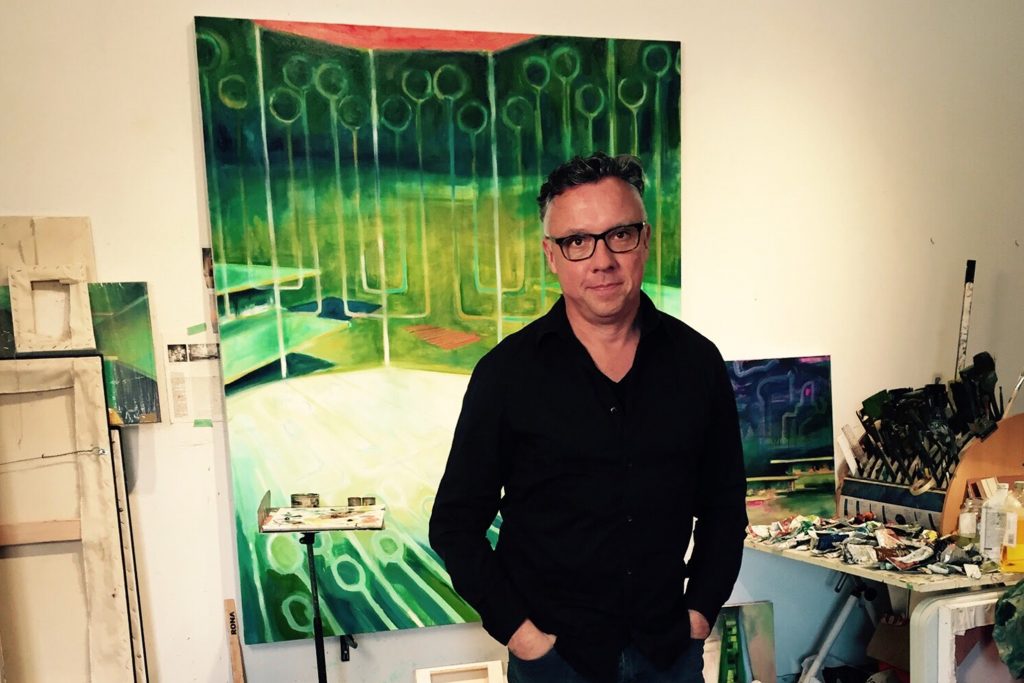
“I have been fortunate to keep practicing as an artist for many years now. I certainly wish I had the advantages of social media when I was starting out but it has been exciting to dive into various tech tools over the last couple of decades. Documenting your work and getting it out there is just so much easier now.
Something I learned early on in my career is the importance of perseverance. Don’t take rejection too seriously and learn to push on through those dry spells.
I also think it’s important to have a day job to allow you to create the type of work that is personal and not necessarily following commercial trends. Having said that, there is indeed a market for provocative work that challenges the norm. I think it’s important for artists to cultivate the unexpected and mysterious in their work and to continually push the limits of their chosen medium.”
Amada Estabillo
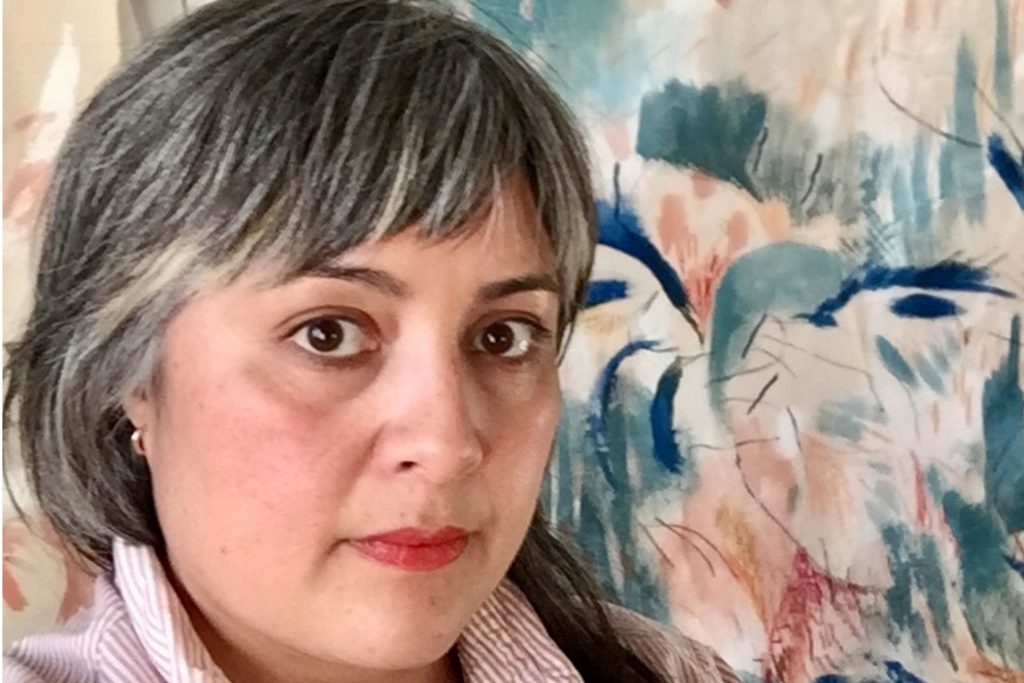
I wish I had realized earlier that there is no special moment when you will receive the title of “Artist”. It’s not like I was waiting for the equivalent of a knighthood, but even though I graduated with a BFA, I always felt a hesitancy in calling myself an artist.
“Perhaps it’s because I never saw anyone who looked like me that was an artist when I was growing up (a woman, and mixed race) or perhaps it’s because I had an idea that you had to have a certain measure of financial success or recognition to be a “real” artist. Now I know that I am the only person who can determine whether I am an artist or not. That being an artist, like many roles we occupy, looks different for different people. Realizing that I could be an artist and also a teacher and mother and all these roles could all be happening at once, in a fluid way, and be legitimate allowed me to expand my practice and to invest in myself. I wish I had realized earlier that being an artist is not some rarefied role.
You are always an artist; sometimes that is at the forefront and sometimes it recedes when you have another role to fill but it remains an integral part of who you are.”
Margie Kelk
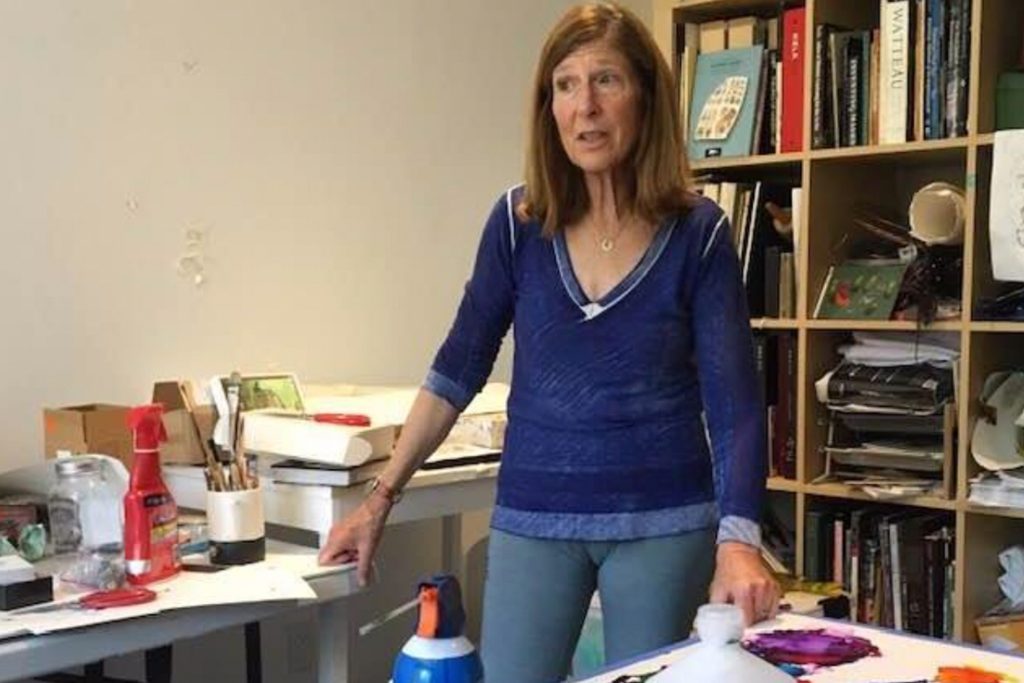
“When I think of what I wish I had known when starting out as an artist, the first thing that comes to mind is the need for social networking. While taking courses at the Toronto School of Art, I was often told to go to the galleries and look at work done by various artists. I was also encouraged to send packages with slides of my relief paintings and an artist statement explaining the context and meaning of the work as a whole to a number of artist-run centres in Ontario. (In those days there was no internet involved in applying for shows; slides were sent out and responses were mailed back.) I was lucky enough to have my work accepted by several of these venues.
I was at a bit of a loss when it came to finding a commercial gallery in Toronto. I landed up being represented by three different galleries over time. In two instances, it was because I happened to have established a rapport with the gallery owner, and I was recommended by an artist friend to the third. At the end of all of this, I realized that meeting other artists and gallery owners in person at openings is extremely helpful if one wants to find representation in a gallery.
An artist has to be willing to put the time into networking. Social media platforms like Instagram now serve as an online gallery for artists looking to get their work out into the public domain. I have had quite a bit of interest and have sold work displayed on the internet. I have been approached by online galleries to display my work on their platforms because they had seen my work on Instagram.”
The art world has changed since I took my courses at Toronto School of Art, but the fact still remains the same: talking to other artists, going to openings, presenting art on social media; all of these fall in the realm of networking. I knew very little about this when I started out and wish I had known more.
Diana Rosa
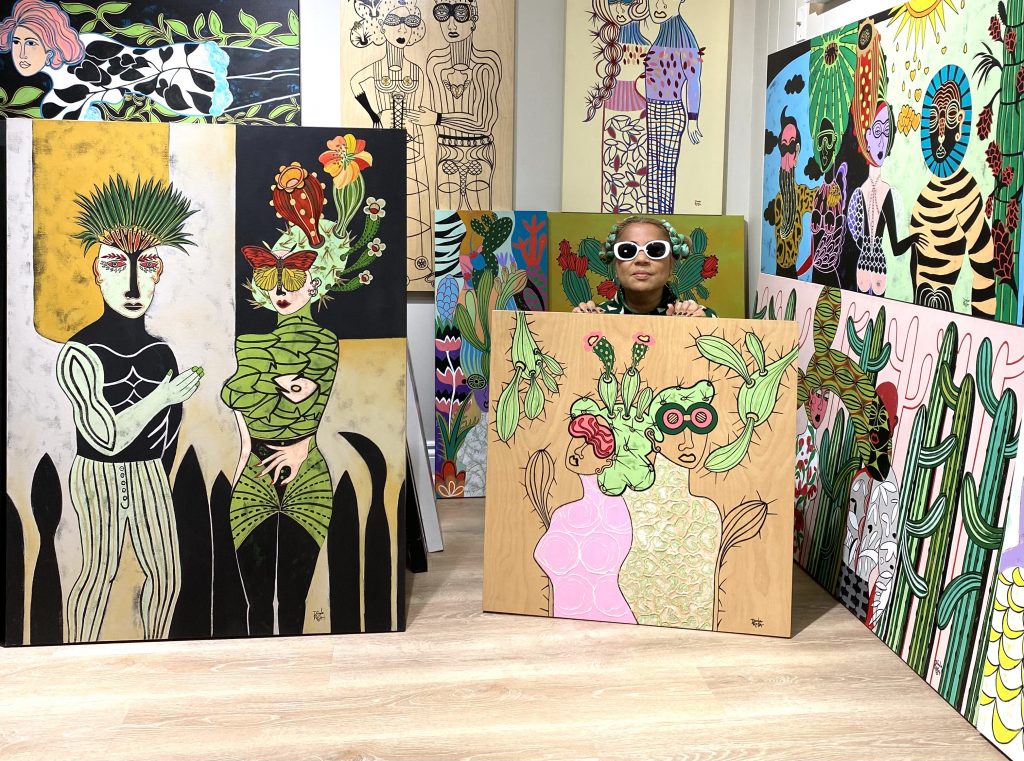
“Being an artist is difficult because there’s no formula and you have to try many things. To be an artist, you have to be prepared to do everything.”
In the beginning, you likely won’t sell work despite the price. It takes time like wine.
“For art, time has to pass so people recognize your work. You have to exhibit your work as much as you can for people to recognize and appreciate it. It also takes time to build your brand: work and grow by advertising and using social media.”
April Pyne
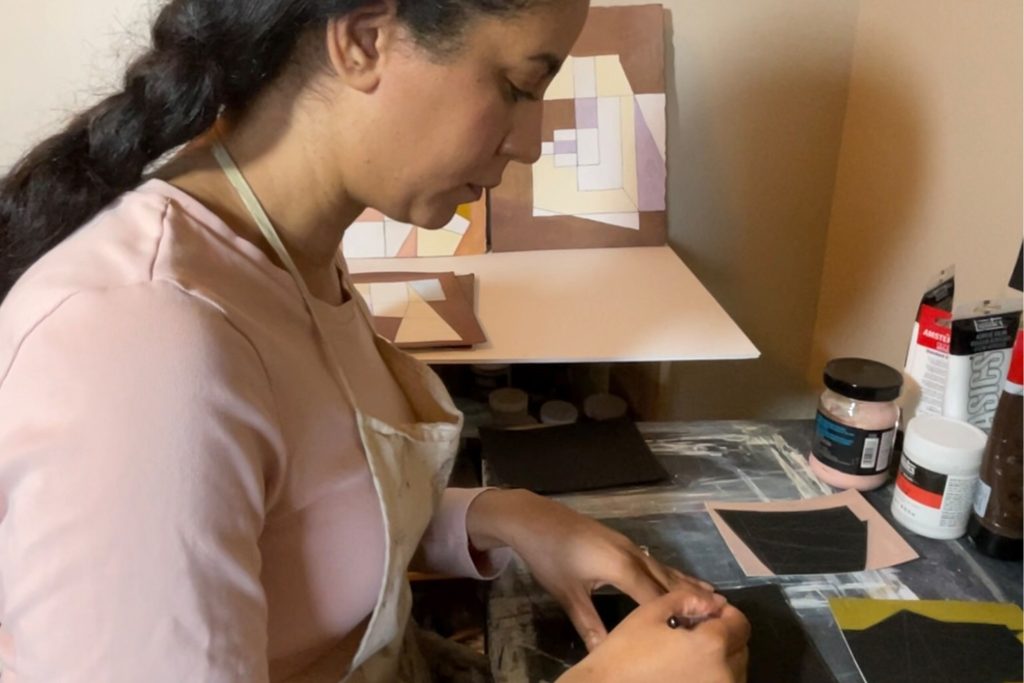
“One thing I wish I knew at the beginning was that it takes time to develop your voice as an artist.”
It’s not something that happens overnight.
“Your voice is developed in your studio time where your life experiences, influences and practice come together and create something that is uniquely you.”
The journeys, experiences, and lives of these six artists are varied and unique. There is no textbook job description for what an “artist” should expect day-to-day in their careers, and furthermore, oftentimes it is up to the individual to decide what shape they wish their artistic career to take.
Balancing creativity, vision, and entrepreneurial resilience is part of the thrill and challenge of being an independent artist. These six artists are discovering the path that works best for them, and perhaps their seeds of wisdom will give confidence to emerging artists as they face their unknown – yet exciting – future ahead.